Inverters can be run in parallel to increase capacity and ensure power redundancy. By parallel connection, multiple inverters can synchronize their outputs, catering to higher power needs or acting as backups for each other.
Integrating inverters in such a manner provides flexibility and reliability in solar power systems, especially in scenarios demanding a consistent power supply.
Let’s examine the mechanics, benefits, and considerations of paralleling inverters.
What Is a Power Inverter?
Imagine you’re on a road trip and want to charge your laptop in your car. But your laptop requires the same kind of power that you get from the outlets in your home.
Here’s where a power inverter comes into play. A power inverter is a device that changes the direct current (DC) – like the one from your car battery – to alternating current (AC power) – the type you get from your home outlets.
So, in essence, it allows you to use many of your household devices and appliances in environments where only DC power is available.
What Is a Parallel Connection?

Let’s think about a simple example: flashlights. If you’ve ever loaded multiple batteries into a flashlight, you might have noticed that they usually sit end-to-end. In this setup, the batteries are connected in series.
But if you lay the batteries side by side, connecting all their positive and negative ends together, they’d be in a parallel connection.
When devices or components, like batteries, are connected in parallel, the output voltage remains the same across them, but the capacity or current is additive. This means that if one component fails, the others can still operate, which is why many household electrical systems use parallel connections.
What Are Parallel Inverters?
Now, taking our understanding of power inverters and parallel connections, let’s dive into parallel inverters. Suppose you have a big house with lots of appliances.
One inverter might not be enough to handle the load from all of them. But, if you connect two or more inverters in parallel, they can work together, sharing the load and supplying power as if they were a single, larger unit.
Parallel inverters allow for a greater power capacity by letting multiple inverters operate together, offering more flexibility and scalability for bigger power requirements.
Can You Run Inverters in Parallel?
Yes, you certainly can run inverters in parallel, but there are some essential factors to keep in mind:
Same Model and Brand
Especially in solar panel systems, using inverters of the same model and brand is generally advised when considering a parallel configuration. This consistency ensures that the inverters work optimally with the energy generated from the solar panels.
Parallel Capability
Not all inverters can be run in parallel. It’s essential to ensure that the inverter has a parallel capability. Many modern inverters, especially those designed for scalable energy systems, have this feature.
Synchronization
When inverters run in parallel, their AC outputs need to be synchronized. They should produce the AC waveforms at the same frequency and phase. Proper synchronization ensures that the inverters share the load without any issues.
Load Sharing
Good parallel inverters have mechanisms to ensure that the load is equally distributed amongst the inverters. Unequal load sharing can overload one inverter while the other operates below capacity.
Communication
Inverters in a parallel setup often communicate with each other. This communication ensures synchronization and load sharing and provides a mechanism to address any faults or abnormalities in the system.
Scalability
One of the significant benefits of running inverters in parallel is scalability. If your power needs increase, you can add another inverter to the system instead of replacing a single inverter with a bigger one.
Redundancy
Having multiple inverters in parallel can also serve as a redundancy measure. If one inverter fails, the others can still function and provide power, ensuring no total power outage.
However, setting up inverters in parallel requires a proper understanding of the system’s technical aspects. Working with professionals or technicians experienced in such setups is often recommended to ensure safety and efficiency.
Can You Run 2 Inverters Together?
Yes, you can run two power inverters together, but there are specific considerations. Ideally, the inverters should be of the same brand and model to ensure consistent performance and synchronization. When connected in parallel, their outputs are combined, increasing total power capacity.
The inverters must be designed for parallel operation and have mechanisms to synchronize their AC outputs. This ensures they work seamlessly together, producing power waveforms at the same frequency and phase.
Connecting different inverter types or models without these features could lead to operational issues or even damage. Always consult the manufacturer’s guidelines or a professional when running two inverters together for optimal results and safety.
Can Power Inverters Be Connected in Parallel?
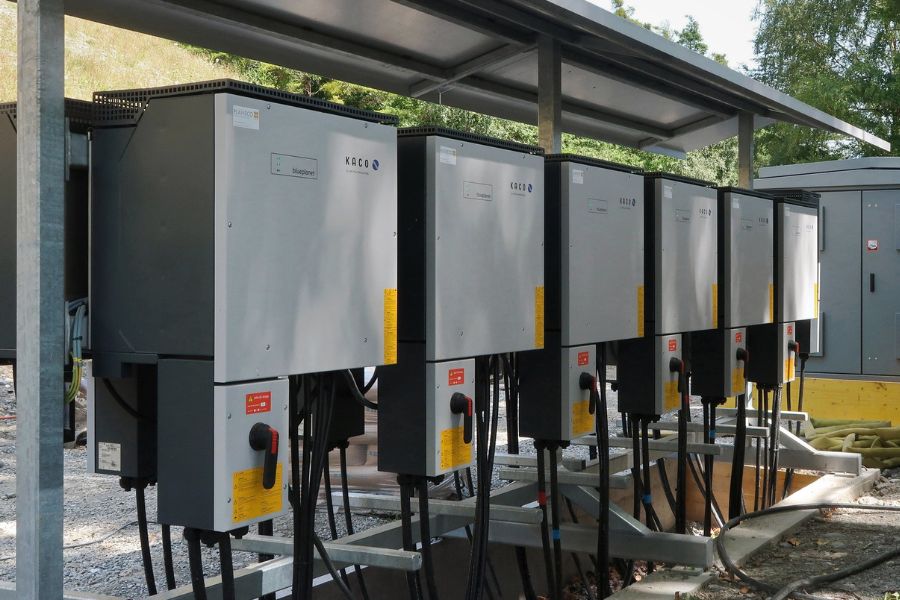
Power inverters convert direct current (DC) to alternating current (AC) and are crucial for many off-grid and backup power systems. In scenarios requiring higher capacity, connecting inverters in parallel can be a solution.
When power inverters are connected in parallel, the output capacity is essentially increased, allowing for a greater AC load than a single inverter could handle alone.
However, for a successful parallel connection, the inverters must be “parallel-capable.” This means they are designed to work synchronously without conflicts in their output waveforms.
Connecting non-compatible inverters in parallel can result in waveform interference, leading to equipment damage or reduced efficiency. Many modern inverters come with integrated parallel connection functionalities.
How to Connect 2 Inverters in a Series?
Connecting inverters in series requires meticulous planning and understanding to ensure safety and correct functioning. First and foremost, connecting two inverters in series can only be done if the inverters produce direct current (DC) output and you want to increase the voltage level. This is similar to how batteries are connected in series to increase voltage.
However, most inverters convert DC to alternating current (AC) for household use. Connecting two AC inverters in series to increase voltage is complex and generally not recommended unless the inverters are specifically designed for this purpose.
You usually connect inverters in parallel, not series, to increase the power capacity (in watts or VA). However, be careful as this also requires inverters designed to work in parallel, or you can damage them or cause unsafe conditions.
If you have DC output inverters and want to connect them in series to increase the voltage, here’s how:
- Safety First: Before you start, turn off all equipment and make sure the inverters are not connected to any power source.
- Check Specifications: Ensure that both inverters are identical or have closely matched specifications.
- Connect in Series:
- Connect the first inverter’s positive (usually red) terminal to your DC power source (e.g., a battery bank).
- Connect the negative (usually black or blue) terminal of the first inverter to the positive terminal of the second inverter.
- Connect the negative terminal of the second inverter to the negative side of your DC power source.
- Test the Connection: Using a multimeter, check the combined output voltage. It should be approximately the sum of the two inverters’ output voltages.
- Connect to Load: Once you know the connection and the voltage level, you can connect the series-connected inverters to your load.
- Monitor the System: It’s essential to regularly check the inverters and the connection for any signs of overheating or damage.
How Is Connecting Multiple Solar Inverters in Parallel Done?

Connecting multiple solar inverters in parallel is a method used to increase a solar system’s power capacity, enabling it to handle more energy from the solar panels and supply power efficiently to the loads. Here’s how you can do it:
- Choose Compatible Inverters: Ensure the first power inverters you choose to make and model the same. Different inverters could lead to synchronization problems due to waveform differences, phase angles, and response times.
- Safety First: Disconnect all equipment from the power source before initiating any connections to ensure safety.
- Install an External Parallel Kit: Some inverters may require an external parallel kit for connection. If this is the case, install it according to the manufacturer’s instructions.
- Connection:
- Each inverter has DC input terminals connecting to the solar panels or DC combiner boxes.
- To achieve a parallel connection of multiple inverters, link the AC output of each inverter to a common AC busbar or combiner box. This involves connecting the positive (live) terminal of one inverter to the positive terminal of another and the same for the negative (neutral) terminals.
- Protection Devices: Integrating overcurrent protection devices like circuit breakers for each inverter is crucial, ensuring they can supply power without hazards.
- Synchronization: Communication between inverters is essential when connecting multiple inverters. They need to remain synchronized to operate harmoniously. Ensure you’ve correctly connected any required communication cables between the inverters.
- Settings & Configuration: Dive into the manufacturer’s manual and look for any special configurations or settings required for parallel operations. Some inverters might have specific switches or software settings designed for this.
- Testing: Power up the first inverters and test each one individually. Gradually bring the others online and monitor the combined output to ensure smooth operation.
- Monitoring: Regularly check all inverters for signs of overheating or any other issues, ensuring they supply power efficiently.
- Documentation: Maintain a detailed record of your installation, noting down the number of inverters, their ratings, input terminals, and any configuration settings.
Can You Have More Than One Solar Inverter?
Yes, you can have more than one solar inverter in a system. Multiple inverters benefit large installations or when different panel orientations exist.
It allows for better energy harvesting and redundancy; if one inverter fails, others can still produce electricity.
Connecting multiple inverters requires compatibility and proper synchronization to ensure harmonious operation. Some systems use a main inverter with smaller “microinverters” attached to individual panels.
What Are the Ways to Improve the Power Conversion Efficiency of the Inverters?
Improving the power conversion efficiency of inverters is crucial for getting the most out of solar installations or other applications where DC to AC conversion is required. Here are some ways to enhance the efficiency of inverters:
- Optimized Circuit Design: Advanced circuit topologies and high-frequency switching can reduce switching losses. Soft-switching techniques can further minimize these losses.
- Component Selection: Choose high-efficiency components like low R_DS(on) MOSFETs, fast recovery diodes, and high-quality capacitors. Using components with minimal parasitic resistance and inductance is essential.
- Thermal Management: Ensure adequate cooling for the inverter components using heat sinks, fans, or liquid cooling. Efficient heat dissipation will improve component longevity and performance.
- Minimize Cable Losses: Use the appropriate cable size (gauge) to reduce resistive losses. Keeping cable lengths as short as possible will also help.
- Advanced Control Algorithms: Implementing advanced control methods, like Maximum Power Point Tracking (MPPT) for solar applications, ensures the inverter operates at peak efficiency under varying conditions.
- Use of High-Quality Magnetics: Transformers and inductors with low core losses can significantly improve efficiency.
- Optimize PCB Layout: A well-designed printed circuit board (PCB) layout can minimize parasitic elements, reduce electromagnetic interference (EMI), and ensure better heat dissipation.
- Efficiency-optimized Operating Point: Inverters have an efficiency curve. Operating them near their optimal point ensures the highest efficiency.
- Regular Maintenance: Keep inverters clean and dust-free, as accumulated dust can impact thermal management. Regularly check and tighten connections to avoid increased resistive losses.
- Firmware and Software Updates: Manufacturers often release updates that improve operational efficiencies and address issues. Therefore, ensure the inverter’s software or firmware is always up-to-date.
- Harmonic Reduction: Using filters to reduce harmonics can enhance the overall efficiency and quality of the power produced.
- Feedback Systems: Incorporate feedback mechanisms to dynamically adjust the operation based on actual conditions, thus ensuring the inverter always works near its peak efficiency.
Conclusion
Running inverters in parallel is feasible in Ireland, just as in many other parts of the world. The key is ensuring the inverters are designed for parallel operation and are correctly synchronized to avoid power discrepancies.
Such configurations are beneficial for larger installations or to provide system redundancy.
However, it’s crucial to consult with local regulations and guidelines for solar installations in Ireland.
Engaging a local solar professional can guarantee efficient performance and adherence to the region’s safety and legal standards.
Parallel configurations can thereby help Irish homeowners and businesses maximize their solar potential.
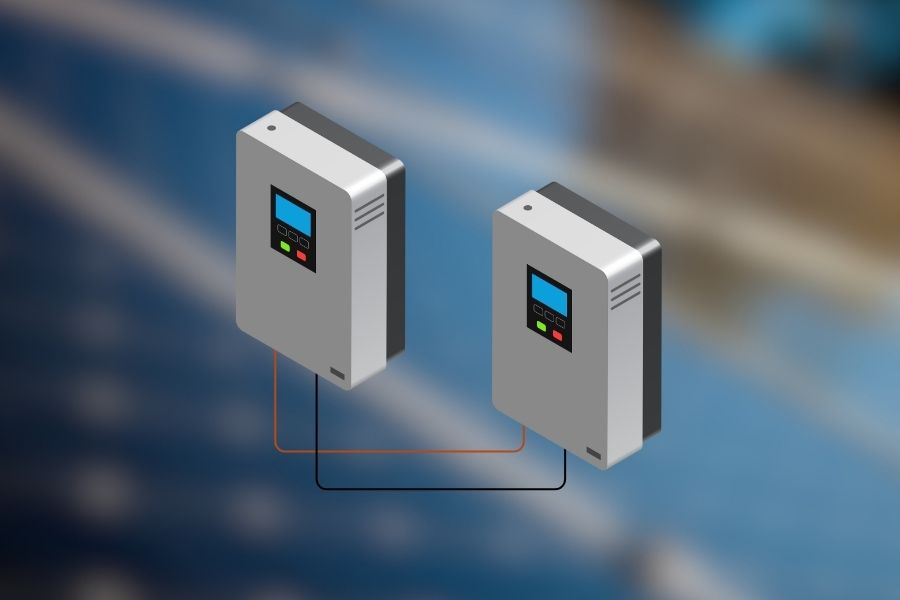
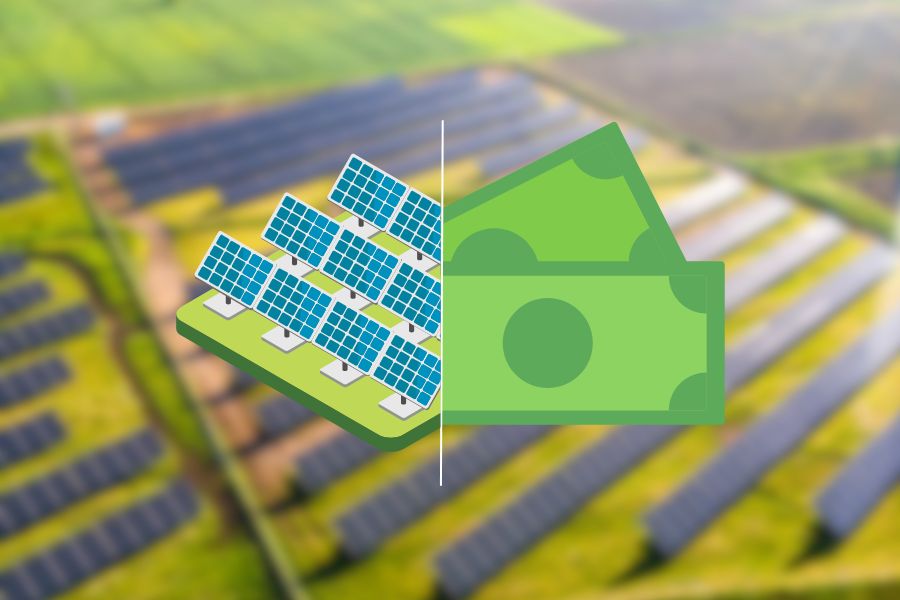
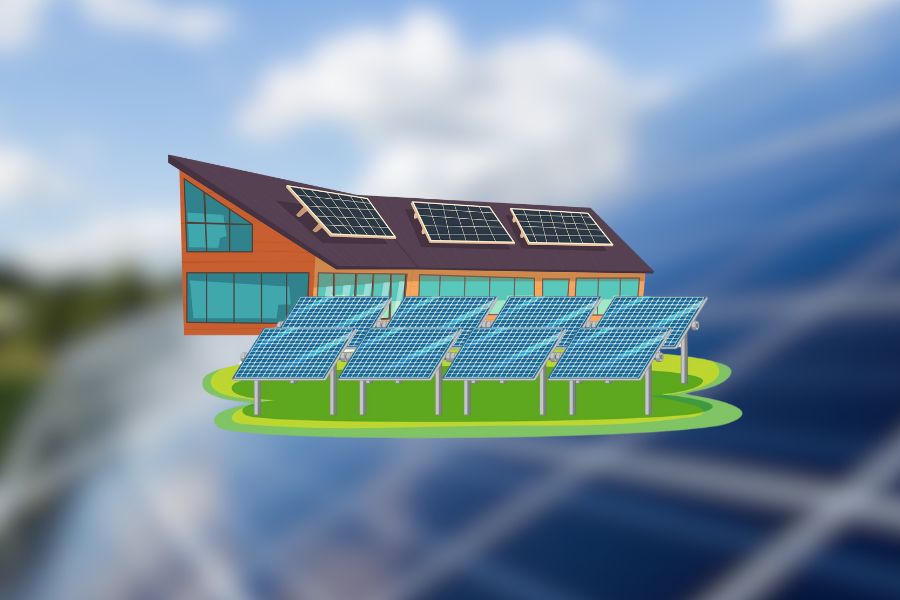
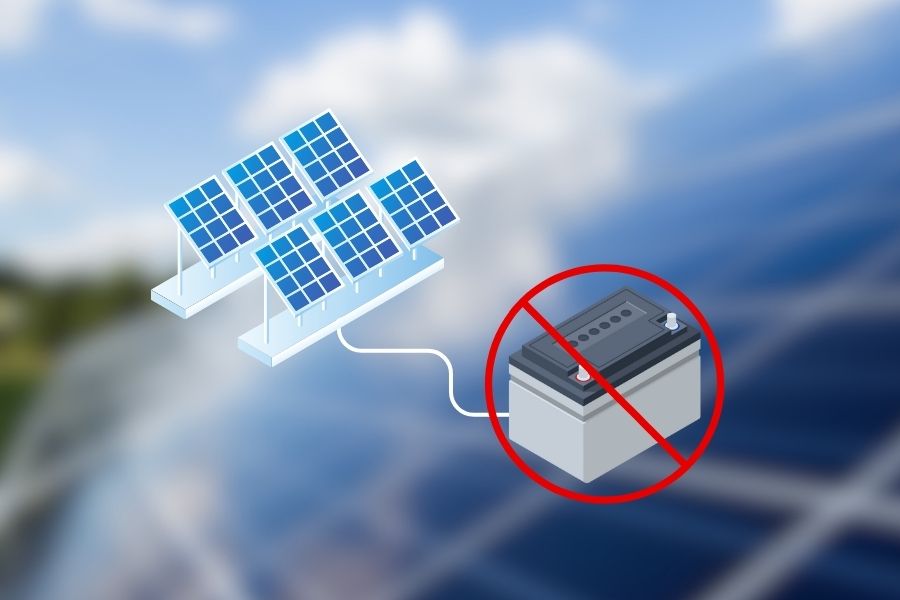
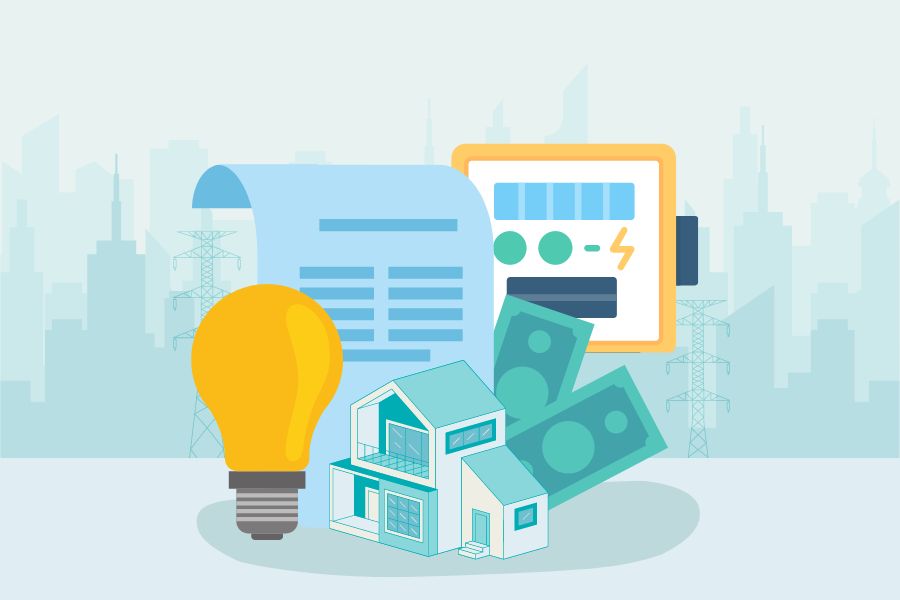
What I want to do is to use two inverters to produce 2 single phase 120 volt for my project. How do I go about doing this? I would be using a breaker panel and a double pole 60 amp breaker as the main breaker to the panel.